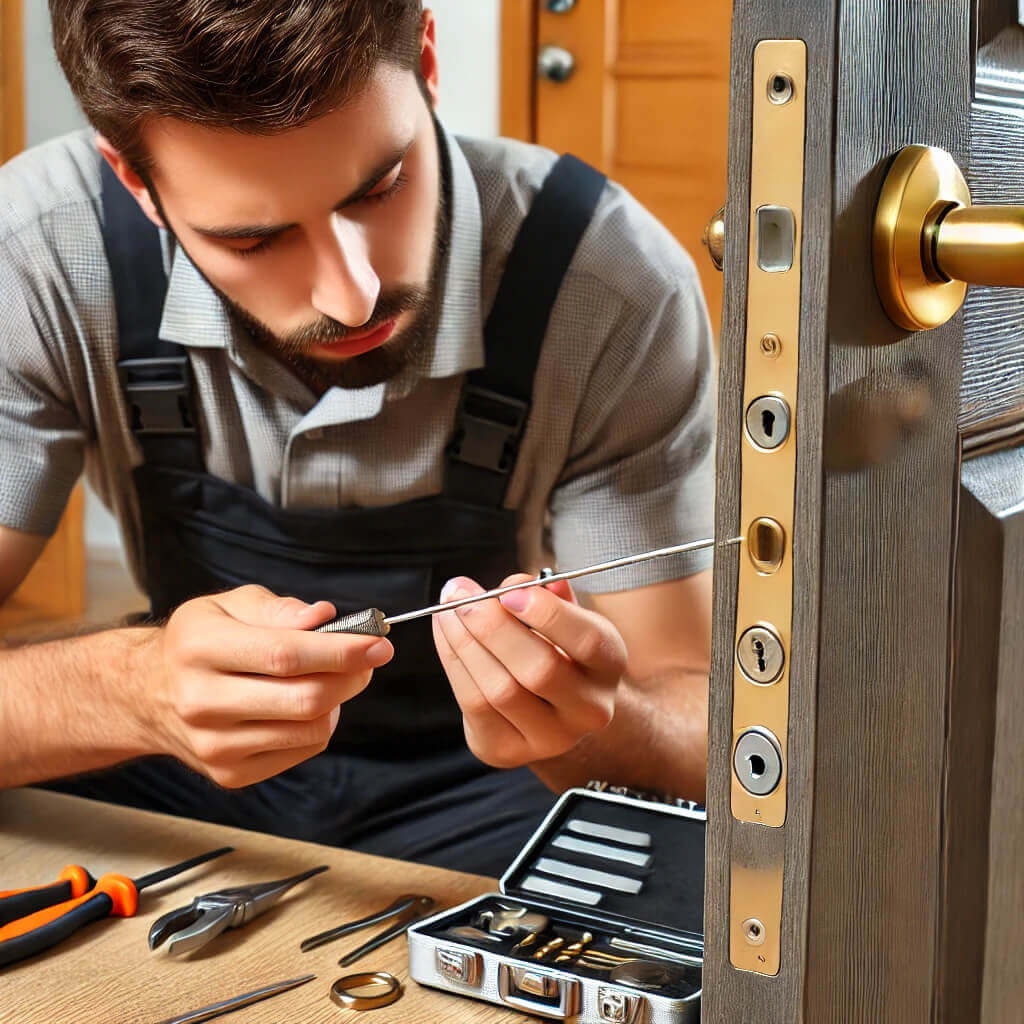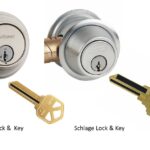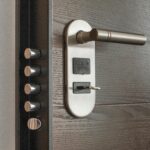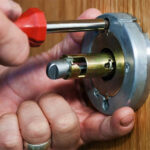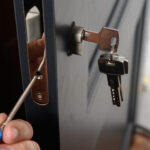Have you ever found yourself locked out and wondered, “How do locksmiths open doors?” so effortlessly? Locksmiths possess a unique blend of expertise and specialized tools that enable them to unlock doors efficiently and without causing damage. Understanding these techniques not only highlights the skill involved but also sheds light on the security features of modern locks.
This article explores the various methods locksmiths use to open doors, from traditional lock picking and bumping to advanced decoding and bypassing strategies.
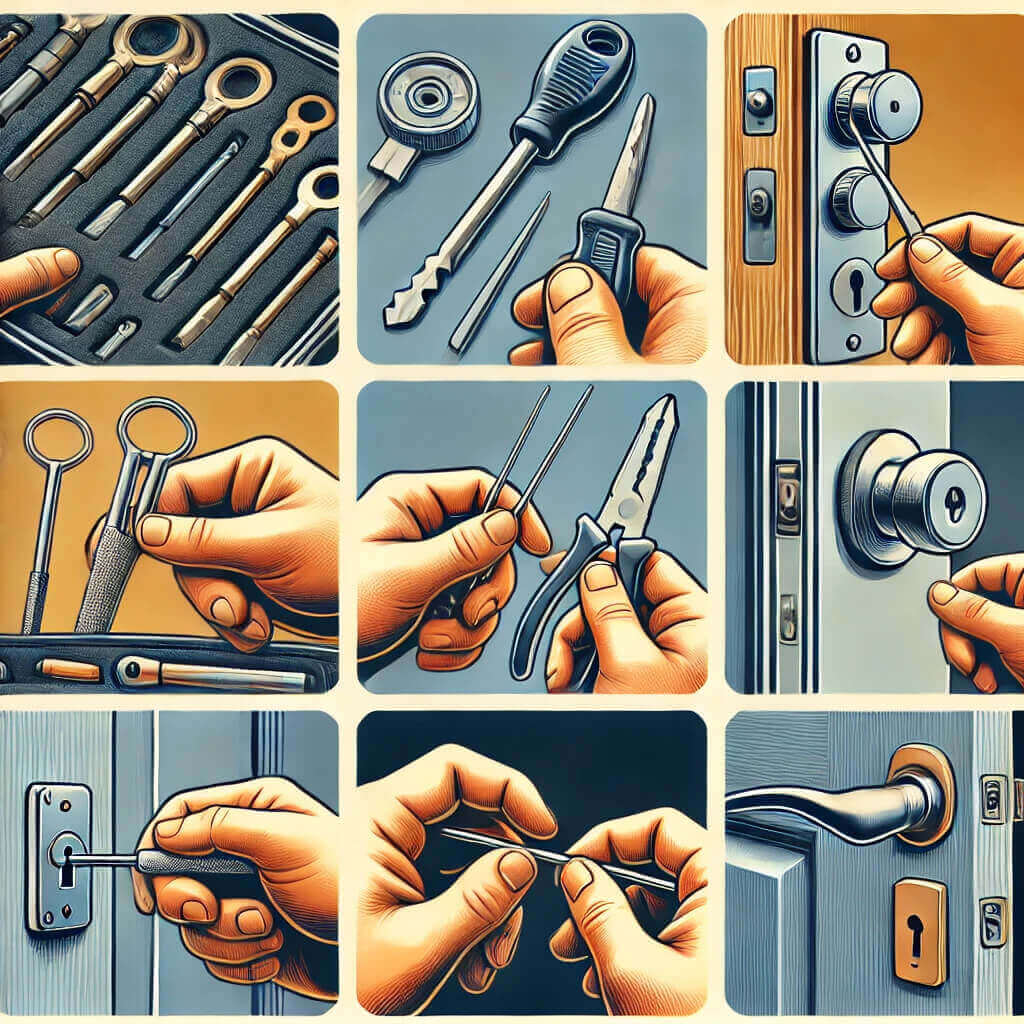
| Methods | Description |
| Lock Picking | Manipulating the internal components of a lock to unlock it without a key. |
| Bumping | Using a specially crafted key to force the lock open through impact. |
| Bypassing | Circumventing the lock mechanism without manipulating it directly. |
| Decoding | Analyzing the lock to understand its internal structure and unlocking it. |
| Drilling | Removing the lock entirely to gain access, typically as a last resort. |
Methods Locksmiths Use To Open Doors
Locksmiths employ a variety of specialized techniques to open doors efficiently and safely, tailored to the type of lock and the specific situation. From traditional methods like lockpicking and bumping to advanced strategies such as decoding and using specialized tools, these techniques ensure minimal damage and maintain the integrity of the locking system. Understanding these methods highlights the skill and expertise required to handle different locking mechanisms effectively.
1. Lock Picking
Lockpicking is one of the most common methods locksmiths use to open doors without causing damage. This technique involves manipulating the lock’s internal components, such as pins or wafers, to achieve the correct alignment that allows the lock to turn and open.
Process:
- Insert a Tension Wrench: This applies slight pressure to the lock cylinder.
- Use Pick Tools: Manipulate the pins or wafers to the shear line.
- Turn the Lock: Once all pins are set, the lock can be turned to open the door.
Skills Required:
- Precision and Steady Hand Movements: Essential for manipulating tiny components accurately.
- Deep Understanding of Different Lock Mechanisms: Knowledge of various lock types enhances effectiveness.
- Patience and Practice: Mastering lockpicking requires time and repeated practice.
2. Bumping
Bumping involves using a bump key, which is a specially crafted key that fits into the lock and can be used to force it open by leveraging its mechanical properties.
How It Works:
- Insert Bump Key: Place the bump key into the lock.
- Apply Pressure: Use a tension wrench to apply slight pressure.
- Strike the Key: Tap the key with a tool to create vibrations that push the pins to the shear line.
- Turn the Lock: With aligned pins, the lock can be turned open.
Advantages:
- Quick and Efficient: Effective for certain types of locks, saving time in emergencies.
- Minimal Tools Required: Only a bump key and tension wrench are needed.
Limitations:
- Not Effective on High-Security or Pin-Tumbler Locks: These locks are designed to resist bumping.
- Can Cause Wear: Repeated use may damage the key and lock over time.
Read: 9 Best Lubricants for Door Locks
3. Bypassing
Bypassing involves circumventing the lock mechanism without directly manipulating it. This technique is useful for certain lock types where traditional methods like picking or bumping are ineffective.
How It Works:
- Use of Tools: Specialized tools such as shim tools or bypass picks are inserted into the door or frame to manipulate the locking mechanism externally.
- Accessing Internal Components: By accessing parts of the lock from the outside, locksmiths can open the door without disturbing the internal components.
- Non-Invasive: This method often leaves the lock intact, preserving its functionality and integrity.
Advantages:
- Non-Destructive: Does not damage the lock or door, making it a preferred method when preservation is important.
- Efficient for Certain Locks: Particularly effective for some commercial and high-security locks where other methods may fail.
Limitations:
- Requires Specific Tools: Not all locksmiths may have the necessary tools for bypassing.
- Lock Type Dependent: Effectiveness varies based on the lock’s design and security features.
4. Decoding
Decoding is a sophisticated technique where locksmiths analyze the lock to understand its internal structure and subsequently unlock it. This method is particularly useful for high-security locks or when other techniques are not viable.
Process:
- Analyzing the Lock: Inspecting the lock to determine its type, pin configuration, and security features.
- Understanding Internal Mechanisms: Identifying how the lock operates, including the number of pins, their arrangement, and any security enhancements like spool pins or serrated pins.
- Creating a Working Key: Based on the analysis, locksmiths can either pick the lock or create a key that matches the specific pin configuration.
- Unlocking the Door: Using the insights gained from decoding to manipulate the lock and gain access.
Benefits:
- High Precision: Allows locksmiths to unlock complex and high-security locks without causing damage.
- Custom Solutions: Enables the creation of tailored keys for unique lock configurations, enhancing future access options.
Challenges:
- Time-Consuming: Requires meticulous analysis and a deep understanding of various lock mechanisms.
- Requires Expertise: Locksmiths must possess advanced knowledge and skills to effectively decode and unlock sophisticated locks.
- Not Suitable for All Locks: Some modern electronic or biometric locks may not be compatible with traditional decoding techniques.
Applications:
- High-Security Environments: Ideal for commercial buildings, government facilities, and other areas requiring enhanced security measures.
- Lost or Damaged Keys: Useful when original keys are lost or damaged, allowing for the creation of new keys without replacing the entire lock system.
5. Drilling
Drilling is considered a last-resort method due to its destructive nature. Locksmiths use drilling to gain access when other non-destructive methods fail.
When to Drill:
- High-Security Locks: When locks are too advanced for picking or bumping.
- Emergency Situations: When immediate access is required, and time is of the essence.
- Locked-Out Situations: When the key is broken inside the lock or lost entirely.
Procedure:
- Identify the Lock Mechanism: Determine the best point to drill without affecting surrounding areas.
- Use the Right Drill Bit: High-speed steel bits are typically used.
- Drill Carefully: Prevent excessive damage by drilling precisely and stopping once the lock is disengaged.
- Replace the Lock: After drilling, the lock will need to be replaced or repaired.
Considerations:
- Cost: Drilling often results in the need for a new lock, increasing overall costs.
- Time: It is a more time-consuming process compared to non-destructive methods.
- Damage: Can cause significant damage to the door and surrounding hardware.
Legal and Ethical Considerations
Locksmiths must operate within legal boundaries and adhere to ethical standards to maintain trust and credibility.
Legal Authorization:
- Verification of Ownership: Ensuring the person requesting service has the right to access the property.
- Licensing Requirements: Complying with state and local licensing laws.
Ethical Practices:
- Client Privacy: Protecting the confidentiality of clients’ security information.
- Avoiding Unauthorized Access: Refusing services when authorization cannot be verified.
Read: 7 Different Types of Safe Locks
Preventive Measures to Avoid Lockouts
While locksmiths provide essential services, taking preventive measures can reduce the likelihood of lockouts.
Key Management:
- Spare Keys: Keep spare keys in safe, accessible locations.
- Key Holders: Use magnetic key holders or hidden compartments.
Smart Locks:
- Keyless Entry Systems: Utilize smart locks that can be operated via smartphones or keypads.
- Biometric Security: Implement biometric systems for enhanced security and convenience.
Regular Maintenance:
- Lock Lubrication: Regularly lubricate locks to ensure smooth operation.
- Periodic Inspections: Have locksmiths inspect and maintain locks to prevent issues.
Final words
By delving into how do locksmiths open doors, we’ve gained a deeper appreciation for their expertise and the sophisticated methods they employ. Whether it’s through precise lockpicking, strategic bumping, or advanced decoding techniques, locksmiths ensure that access is restored safely and efficiently. Their commitment to security and ethical practices underscores the vital role they play in maintaining the safety and accessibility of our environments.
Frequently Asked Questions
Can someone unlock your door without a key?
Yes, professional locksmiths can unlock doors without a key using techniques like lock picking, bumping, or bypassing.
What Tools Do Locksmiths Use to Open Doors?
Locksmiths use tools such as lock picks, tension wrenches, bump keys, slim jims, and plug spinners to open doors efficiently.
Can locksmiths open any door?
Most doors can be unlocked by locksmiths, but highly specialized or electronic locks may require advanced methods or equipment.
How Long Does It Take a Locksmith to Open a Door?
Typically, a locksmith can open a door within 15 to 30 minutes, depending on the lock type and complexity.

